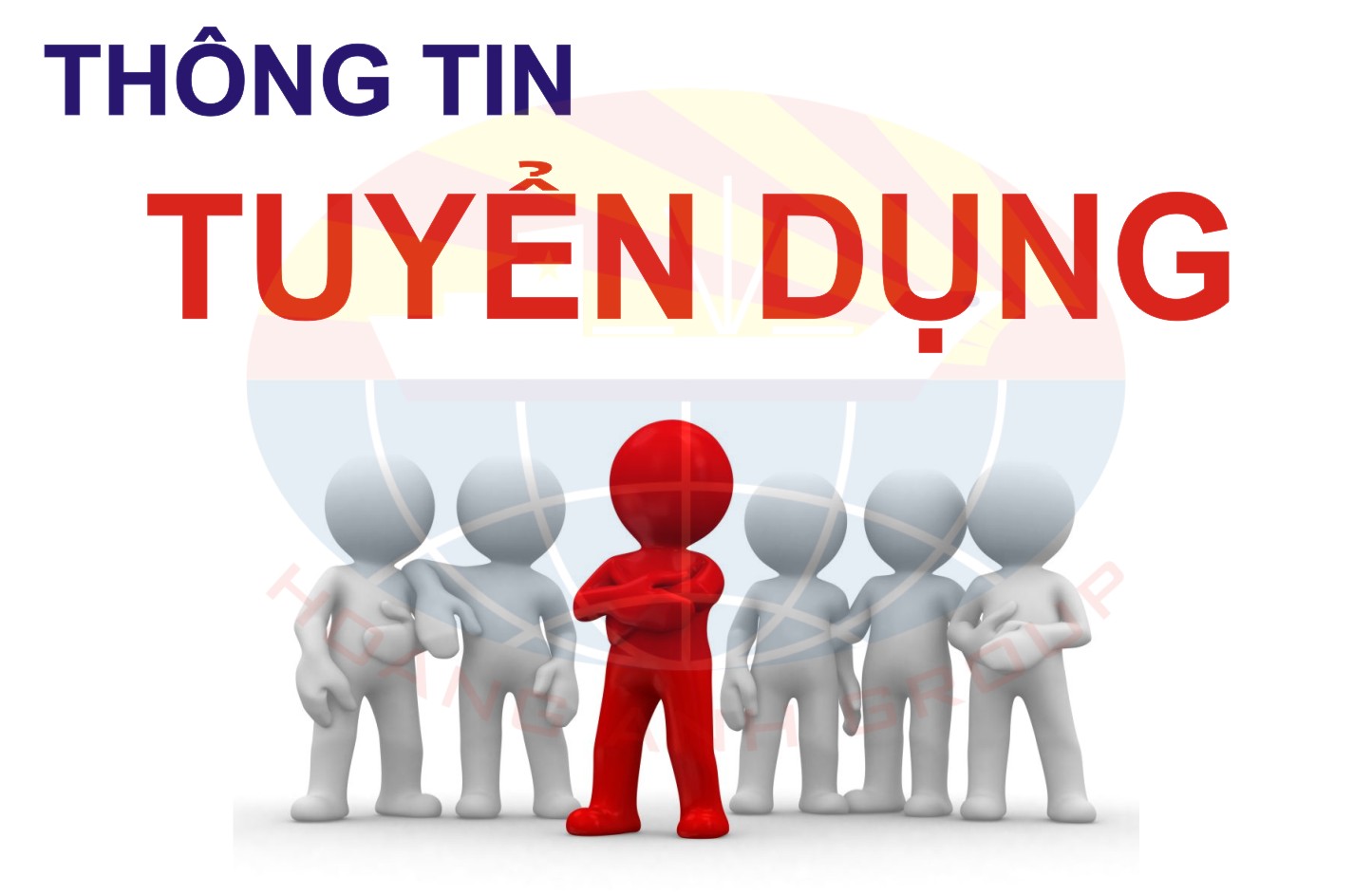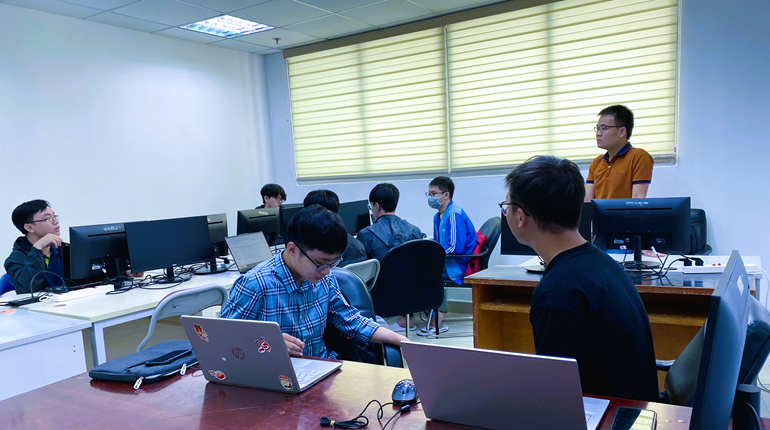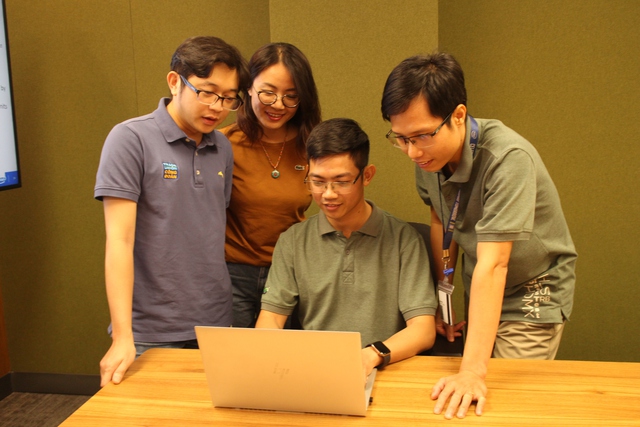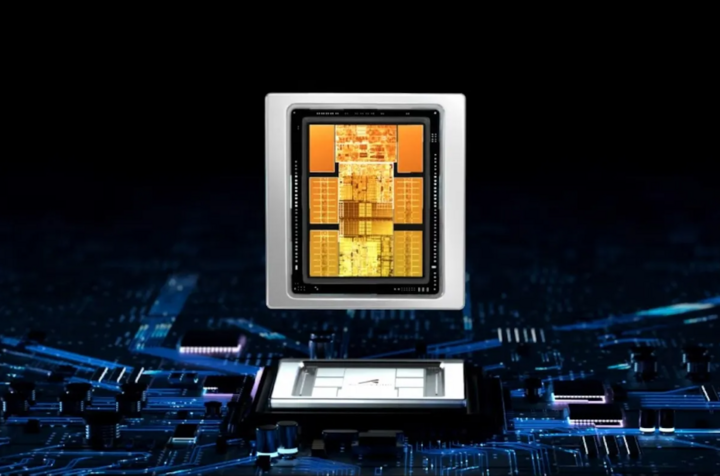
Units vs. Structs
The decision of whether to model a DUT component with a unit or a struct often depends on your verification strategy. Compelling reasons for using a unit instead of a struct include:
- You intend to test the DUT component both standalone and integrated into a larger system. Modeling the DUT component with a unit instead of a struct allows you to use relative path names when referencing HDL objects. When you integrate the component with the rest of the design, you simply change the HDL path associated with the unit instance and all the HDL references it contains are updated to reflect the component s new position in the design hierarchy. This methodology eliminates the need for computed HDL names (for example, (path_str).sig ), which impact runtime performance.
- Your e program has methods that access many signals at runtime. The correctness of all signal references within units are determined and checked during pre-run generation. If your e program does not contain user units, the absolute HDL references within structs are also checked during pre-run generation. However, if your e program does contain user units, the relative HDL references within structs are checked at run time. In this case, using units rather than structs can enhance runtime performance.
On the other hand, using a struct to model abstract collections of data, like packets, allows you more flexibility as to when you generate the data. With structs, you can generate the data either during pre-run generation, at runtime, or on the fly, possibly in response to conditions in the DUT. Unit instances, however, can only be generated during pre-run generation, because each unit instance has a unique and constant place (an e path) in the runtime data structure of an e program, just as an HDL component instance has a constant place in the DUT hierarchical tree.Thus you cannot modify the unit tree by generating unit instances on the fly.
Any allocated struct instance automatically establishes a reference to its parent unit. If this struct is a generated during pre-run generation it inherits the parent unit of its parent struct. If the struct is dynamically allocated by the new or gen action, then the parent unit is inherited from the struct belonging to the enclosing method.
- hdl_path()
- full_hdl_path()
- e_path()
- agent()
- get_parent_unit()
hdl_path()
Returns the HDL path of a unit instance. The most important role of this method is to bind a unit instance to a particular component in the DUT hierarchy. Binding an e unit or unit instance to a DUT component allows you to reference signals within that component using relative HDL path names. Regardless of where the DUT component is instantiated in the final integration, the HDL path names are still valid. The binding of unit instances to HDL components is a part of the pre-run generation process and must be done in keep constraints. Although absolute HDL paths are allowed, relative HDL paths are recommended if you intend to follow a modular verification strategy.
syntax : [unit-exp.]e_path(): string
agent()
Specifying an agent identifies the simulator that is used to simulate the corresponding DUT component. Once a unit instance has an explicitly specified agent name then all other unit instances instantiated within it are implicitly bound to the same agent name, unless another agent is explicitly specified.
string : One of the following predefined agent names: verilog, vhdl, mti_vlog, mti_vhdl, ncvlog and ncvhdl. Specifying the agent name as verilog or vhdl is preferred because it makes the e code portable between simulators. The predefined names are case-insensitive; in other words, verilog is the same as Verilog.
syntax :[unit-exp.]get_parent_unit(): unit type
- get_unit() : Return a reference to a unit
- get_enclosing_unit() :Return a reference to nearest unit of specified type
- try_enclosing_unit() : Return a reference to nearest unit instance of specified type or NULL
- set_unit() : Change the parent unit of a struct
Mong Muốn Có Thêm Cơ Hội Trong Công Việc
Và Trở Thành Một Người Có Giá Trị Hơn
Mong Muốn Có Thêm Cơ Hội Trong Công Việc
Và Trở Thành Một Người Có Giá Trị Hơn

















